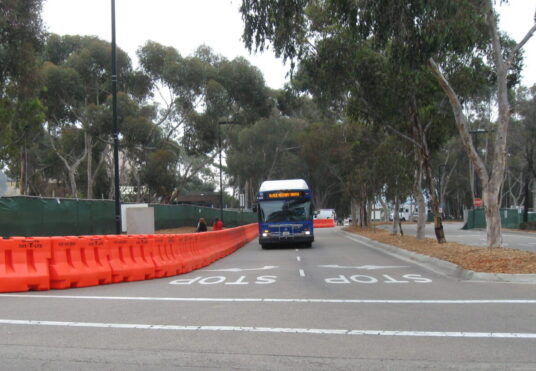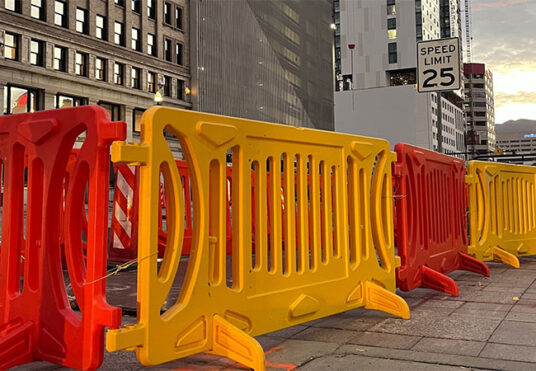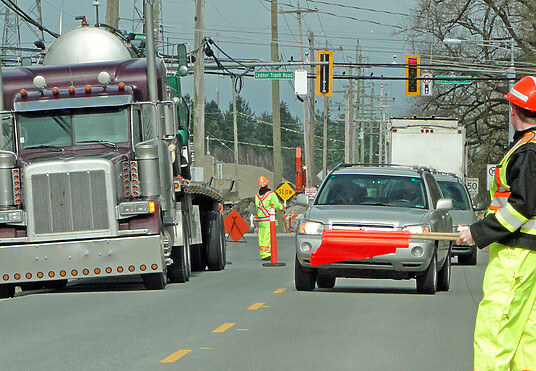What Are Different Roadside Barriers Called?
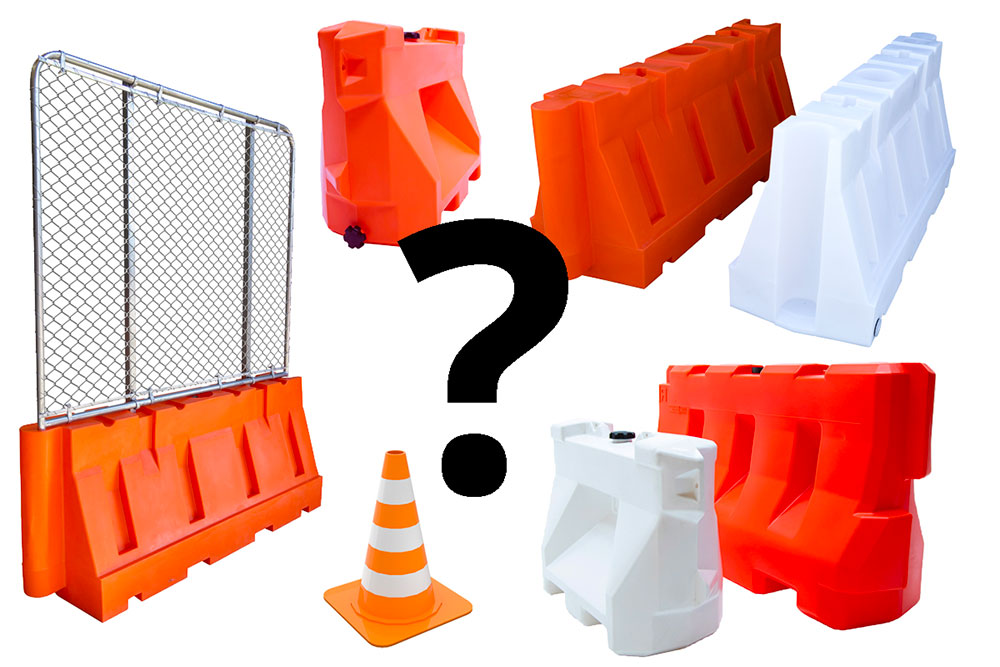
What are Different Road Barriers Called?
When it comes to traffic safety, the devil is in the details! The stark reality is that road barriers act to save lives by safely redirecting traffic and by limiting impact damage when accidents do occur. It’s worth noting that there are a number of different safety devices that construction crews and other companies may use along roadsides. As such, figuring out the difference between a longitudinal channeling device and an impact attenuator, for instance, can be a bit tricky.
With that in mind, today we’re going to provide a handy guide and answer the question: what are different road barriers called?
Redirection vs Containment
Roadside safety boils down to two relatively simple concepts: redirection and containment. Some traffic barriers are designed to redirect traffic and/or pedestrians away from construction sites or potentially hazardous areas. Others are designed to mitigate impact should a vehicle in a high speed area strike it. Professionals at construction sites often require barriers that provide a combination of these two principles, and they have several options to choose from.
Construction Barriers
Construction crews may utilize any/all of the following during the course of a roadside project:
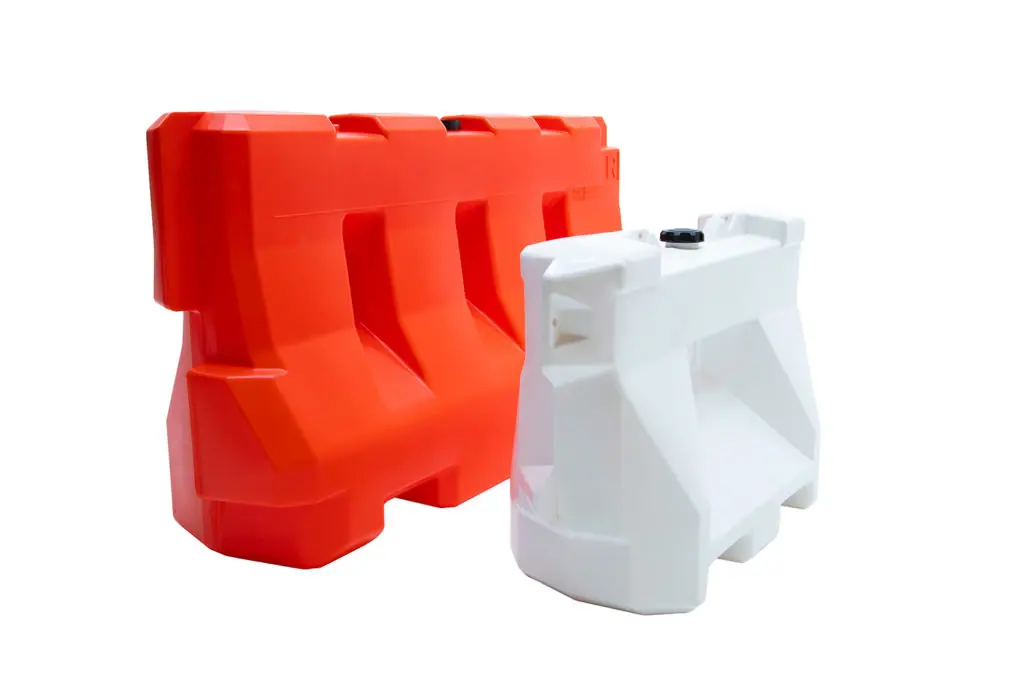
Longitudinal Channeling Device (LCD)
The LCD was developed in 2003 as an alternative to temporary concrete barriers. As opposed to their concrete counterparts, LCDs are lightweight and are used to delineate paths for either vehicles and/or pedestrians. One of the main advantages of using an LCD as opposed to a temporary concrete barrier is impact safety. LCDs give and deform on impact from a vehicle, thus reducing the number of G-forces on the human body during a car accident. LCDs come in a variety of sizes based on the location of the construction site and the speed of vehicles nearby.
Temporary Road Barriers
Temporary barricades are used to shield construction crews from the impact of a vehicle in an accident. They can be made from metal, concrete, or any material that can successfully contain a vehicle upon impact. According to American Association of State Highway and Transportation Officials, these barriers should only be used in situations where damage from impact with a barrier is less than the damage that would occur were the barrier not present.
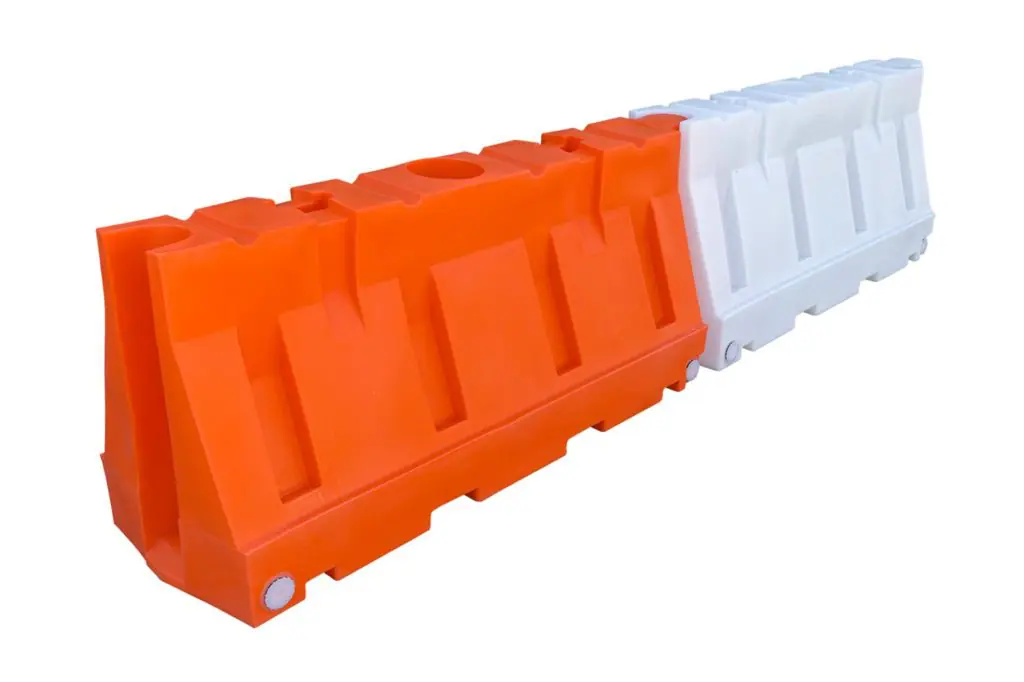
Jersey Barricade
The term “Jersey barricades” refers to a group of barriers that use a certain design that was pioneered in the 1950s. Modern jersey barriers may differ slightly from this original design, and they come in a variety of dimensions, sizes, and materials. They are versatile products and can be used for hazard identification, in low-speed construction zones, or for semi-permanent security applications.
Other Devices
Other devices that may be used to direct traffic or limit the damage of crashes include:
- Metal guardrails along roadsides
- Impact attenuators –– either redirective or non-redirective devices placed at the end of guardrails or on the back of some vehicles.
- Traffic drums.
- Traffic cones.
- Barricade fence panels –– meant to attach to the top of roadside barriers to block debris or other objects
Contact the Pros
Still not sure which type of barrier you’ll need for your next project? No worries! Just contact the OTW Safety team for more information. We have years of experience working in the industry, and we’ve created a wide range of products that meet or exceed crucial safety and regulatory standards.
